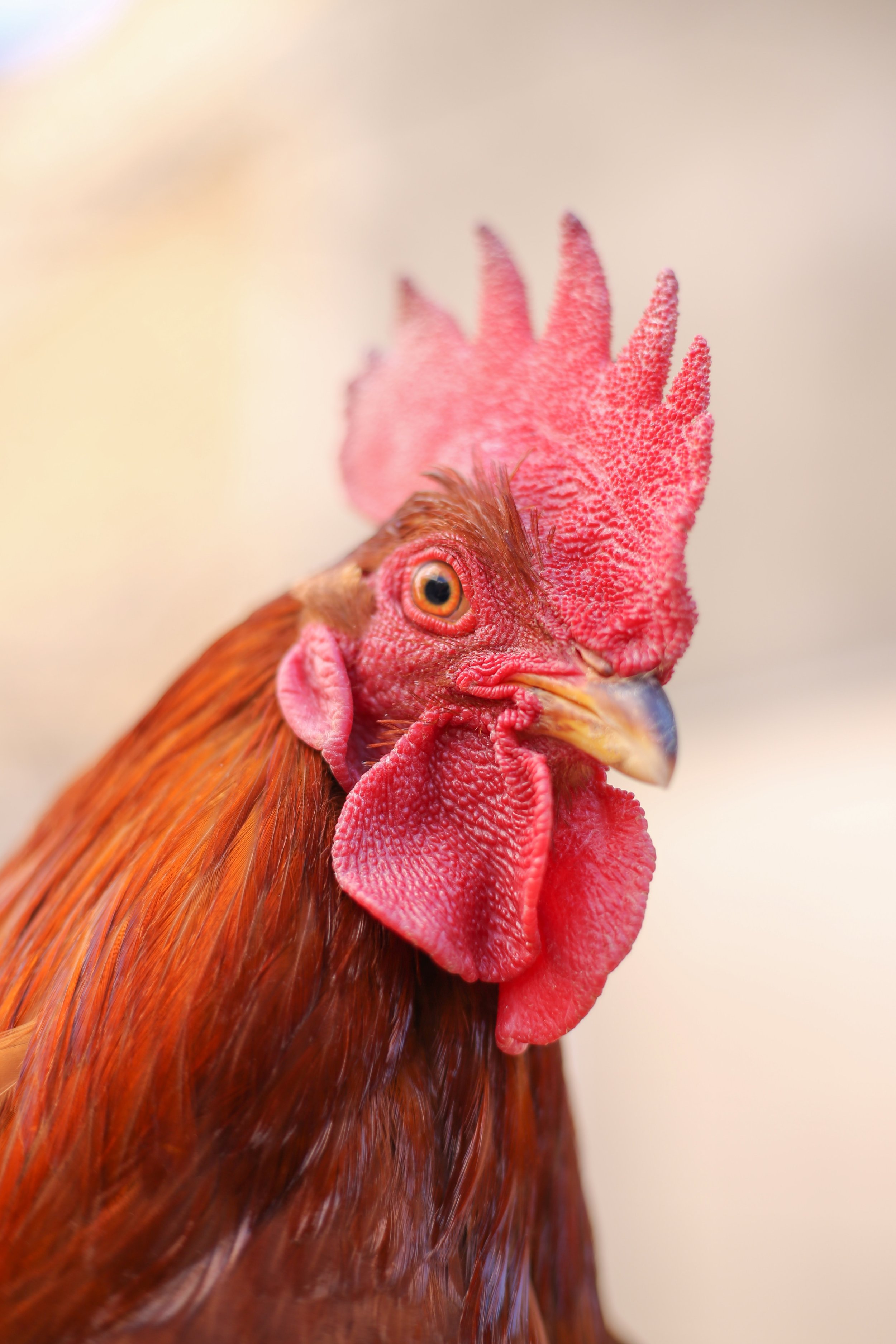
Factory farmed animals need bold action.
Why Civil Litigation?
Legal Impact for Chickens focuses on civil litigation as a way to improve animal welfare.
Why? Companies don’t follow laws that aren’t enforced. And prosecutors rarely enforce cruelty laws on factory farms, even when animal protection groups urge them to.
As a result, while several state cruelty laws technically cover farms, factory farms ignore them. Investigations in such states show rampant, unlawful neglect and abuse. Similarly, the animal movement’s effort to pass confinement bans may be wasted if those new bans aren’t enforced.
Strategic civil litigation offers a solution. Several little-known legal doctrines let plaintiffs sue in civil court for violation of a criminal law. At Legal Impact for Chickens, we focus on systematically developing, refining, and using those doctrines to fight factory-farm cruelty.
How Big is the Chicken Factory Farming Problem?
Modern factory farming has a serious animal welfare issue. And it’s exemplified by the large-scale mistreatment of birds. In America alone, 9 billion chickens are raised and slaughtered for food every year.¹
Chickens raised on factory farms for meat (typically referred to as broiler chickens) live crammed into dark, crowded sheds. Though the meat industry may hope to evoke cheerful images of birds roaming in open fields, the fact is that 99.9% of chickens used for meat live on factory farms.² The industry denies these birds natural light and fresh air. And it keeps them in feces-infested spaces that make fertile breeding grounds for disease. Though chickens’ natural lifespan can be several years, companies breed these “broiler” chickens to reach full size when they are still very young. Companies then slaughter these birds at just weeks old. A report from The Humane League, conducted with independent investigators across the United States and in 85 major food retailers, found that 99% of chicken meat sold showed evidence of white striping disease.³ That’s a condition in which chickens grow so fast that their muscles die from lack of oxygen. The dead muscles are replaced with fatty, fibrous tissue that appears as white stripes.
Birds used for eggs face a different kind of nightmare. The U.S. egg industry kills infant male chicks as soon as they hatch—since they can’t lay eggs.⁴ The egg industry then forces most hens to live in cages so small that the birds can’t even spread their wings throughout their lives.
The law has too often turned a blind eye towards these animals’ treatment. That’s where Legal Impact for Chickens comes in. We are committed to holding corporations accountable for cruelty on factory farms. We work to ensure that chickens receive the welfare protections that the law intends.
Please consider making a tax-deductible donation to help birds.
—
Sources:
¹ United States Department of Agriculture, Poultry - Production and Value, 2020 Summary (Apr. 2021), https://www.nass.usda.gov/Publications/Todays_Reports/reports/plva0421.pdf.
² Matthew Zampa, 99% of U.S. Farmed Animals Live on Factory Farms, Sentient Media (Apr. 16, 2019), https://sentientmedia.org/u-s-farmed-animals-live-on-factory-farms/.
³ Investigative Report: White Striping Disease In Supermarket Chicken, The Humane League (Oct. 3, 2021), https://assets.ctfassets.net/ww1ie0z745y7/1dOOUgl03qhrNKwSKbwXag/85f84495ce50c972d4c4cf6f48116f9f/white-striping-report-09.2021.pdf.
⁴ Tove K. Danovich, Why the US egg industry is still killing 300 million chicks a year, Vox (Apr. 12, 2021), https://www.vox.com/future-perfect/22374193/eggs-chickens-animal-welfare-culling.
